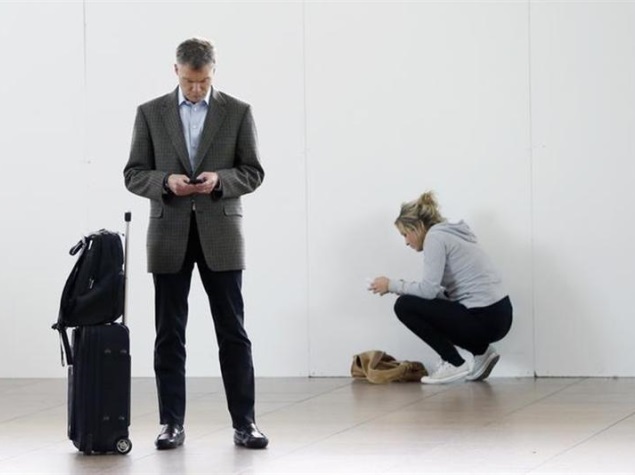- Home
- Telecom
- Telecom Features
- Telecom Network Spending Seen Rising This Year Amid 4G Boom
Telecom Network Spending Seen Rising This Year Amid 4G Boom

Nevertheless, overall spending on mobile and fixed networks is expected to grow for a second consecutive year, as operators worldwide seek to improve coverage and add capacity to keep up with rising data traffic from video and smartphones.
While construction of 4G networks is largely complete in the United States, Japan and Korea, the technology is just arriving in much of eastern Europe, Latin America and Africa.
Market research firm Gartner predicts operators' spending on mobile infrastructure, including traditional radio base stations and newer gear like small cells, will increase 8 percent this year to hit $43.36 billion.
Investment in fixed networks is set to rise 7.7 percent to $10.33 billion, driven by fibre broadband rollouts, it said.
"The 4G story is spreading after the first spurt of rollouts in the U.S., Japan and Korea is behind us," Deborah Kish, an analyst at Garner, said. "Telcos in more far-flung places from Honduras to Croatia are looking to introduce more advanced services and move prepaid customers on to contracts."
Analysts at brokerage Bernstein Research meanwhile predict wireless equipment spending will rise 5 percent, though fixed network equipment will be largely flat.
In a rare development, Europe looks set to be a growth driver for telecom gear companies this year, with leader in mobile gear Ericsson, as well as number two China's Huawei and number three Nokia set to benefit from any uptick in spending.
© Thomson Reuters 2015
Catch the latest from the Consumer Electronics Show on Gadgets 360, at our CES 2026 hub.
Related Stories
- Samsung Galaxy Unpacked 2025
- ChatGPT
- Redmi Note 14 Pro+
- iPhone 16
- Apple Vision Pro
- Oneplus 12
- OnePlus Nord CE 3 Lite 5G
- iPhone 13
- Xiaomi 14 Pro
- Oppo Find N3
- Tecno Spark Go (2023)
- Realme V30
- Best Phones Under 25000
- Samsung Galaxy S24 Series
- Cryptocurrency
- iQoo 12
- Samsung Galaxy S24 Ultra
- Giottus
- Samsung Galaxy Z Flip 5
- Apple 'Scary Fast'
- Housefull 5
- GoPro Hero 12 Black Review
- Invincible Season 2
- JioGlass
- HD Ready TV
- Laptop Under 50000
- Smartwatch Under 10000
- Latest Mobile Phones
- Compare Phones
- OPPO Reno 15 Pro Max
- Honor Win RT
- Honor Win
- Xiaomi 17 Ultra Leica Edition
- Xiaomi 17 Ultra
- Huawei Nova 15
- Huawei Nova 15 Pro
- Huawei Nova 15 Ultra
- Asus ProArt P16
- MacBook Pro 14-inch (M5, 2025)
- OPPO Pad Air 5
- Huawei MatePad 11.5 (2026)
- Xiaomi Watch 5
- Huawei Watch 10th Anniversary Edition
- Acerpure Nitro Z Series 100-inch QLED TV
- Samsung 43 Inch LED Ultra HD (4K) Smart TV (UA43UE81AFULXL)
- Asus ROG Ally
- Nintendo Switch Lite
- Haier 1.6 Ton 5 Star Inverter Split AC (HSU19G-MZAID5BN-INV)
- Haier 1.6 Ton 5 Star Inverter Split AC (HSU19G-MZAIM5BN-INV)
















